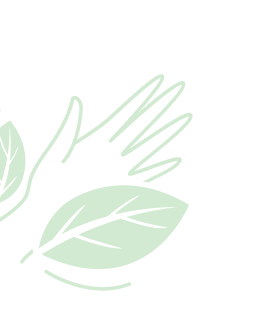

NTFP
What is NTFP?
Non-Timber Forest Products (NTFPs) refer to the wide array of goods and services derived from forests and other natural habitats that are not primarily timber. These products include everything from fruits, nuts, and mushrooms to medicinal plants, resins, and fibers. NTFPs play a crucial role in the livelihoods of millions of people worldwide, particularly in rural and indigenous communities, providing food, medicine, income, and cultural significance.





25+
Years ExperienceSINCE 1980
Socio-economic Importance of NTFP
The socio-economic importance of NTFPs is profound, particularly in regions where they serve as essential resources for livelihoods and economic activities. Some key aspects of their significance include:
- Livelihoods: NTFPs are often a primary source of income for rural and indigenous communities, providing employment opportunities and income diversification.
- Food Security: Many NTFPs serve as dietary staples or supplements, contributing to food security and nutrition, especially in areas where agricultural options are limited.
- Medicine and Healthcare: Numerous NTFPs have medicinal properties and are used in traditional healing practices. They play a vital role in primary healthcare, particularly in remote or underserved areas.
- Cultural and Spiritual Importance: NTFPs are deeply intertwined with cultural practices, rituals, and traditions, serving as symbols of identity and heritage for many communities.
- Biodiversity Conservation: Sustainable harvesting of NTFPs can incentivize conservation efforts, as communities rely on healthy ecosystems for continued access to these resources.
Use of NTFP as Food, in Medicinal and Aromatic Products
NTFPs have diverse uses across various sectors:
- Food: Many NTFPs serve as sources of food and nutrition, including fruits, nuts, mushrooms, and wild game. They are often rich in vitamins, minerals, and other nutrients.
- Medicine: Numerous NTFPs possess medicinal properties and are used in traditional medicine systems worldwide. Plants like ginseng, aloe vera, and neem have been used for centuries for their therapeutic effects.
- Aromatic Products: Certain NTFPs, such as essential oils derived from aromatic plants like lavender and eucalyptus, are used in perfumes, cosmetics, aromatherapy, and flavorings.
Legal Framework Associated with NTFP Harvest, Collection, Storage, Transport, Use, etc.
The legal framework governing NTFPs varies by country and region. It may encompass regulations related to:
Harvesting and Collection: Laws may dictate sustainable harvesting practices, seasonal restrictions, and permit requirements to prevent overexploitation.
Storage and Transport: Regulations may address the storage, handling, and transportation of NTFPs to ensure quality, safety, and traceability.
Use and Trade: Legal frameworks may govern the commercialization, processing, and trade of NTFPs, including licensing, certification, and labeling requirements.
Conservation and Biodiversity: Laws may aim to conserve biodiversity and protect ecosystems by promoting sustainable management practices and safeguarding habitats.
Types of NTFP
By Product Types
- Gums
- Resins
- Oils
- Fibers
- Dyes
- Dyes
By Use Purposes
- Food
- Medicine
- Oils
- Traditional Use
- Construction/Home
By Type of Part Harvested
- Root
- Stem
- Leaf
- Fruit
- Flower
- Animal Products
- Exudates
- Bark
By Level of Use
- Self-supporting (for personal use)
- Commercial (for trade and income generation)
How to Identify NTFPs
Identifying NTFPs requires knowledge of local flora, ecosystems, and cultural practices. Some general guidelines for identifying NTFPs include:
Botanical Knowledge: Understanding plant morphology, habitat preferences, and growth patterns can aid in identifying edible and medicinal plants.
Local Knowledge: Consulting with indigenous or local communities can provide valuable insights into the identification and use of NTFPs, as they often have generations of traditional knowledge.
Field Guides and Resources: Utilizing field guides, manuals, and online resources specific to the region can help in identifying NTFPs accurately.
Expert Assistance: Seeking guidance from botanists, ethnobotanists, or local experts can enhance the accuracy of NTFP identification, especially for rare or less-known species.